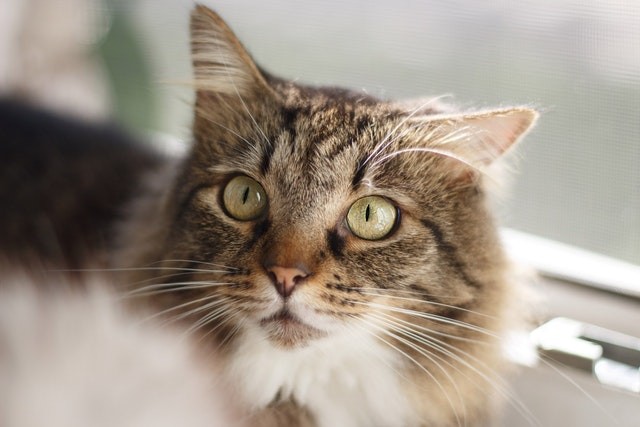A new study recently revealed that compounds of catnip known as Nepeta cataria and silver vine known as Actinidia polygama, called iridoids, can act as insect repellants.
As specified in a report from People, most cat owners know that catnip is a treat for their feline friends "to roll in and chew," although the new research shows that the common herb has qualities that repel the said insects.
New Study Finds Catnip Protects Cats from Mosquitoes https://t.co/UwkoaJ8bDj
— People (@people) June 15, 2022
When a cat is rubbing against the damage the plant is leaving, much higher amounts of such iridoids are released, eventually shielding the cat from insects like mosquitoes, in particular.
According to the study's lead author, Masao Miyazaki, they discovered that silvervine's physical damage by cats stimulated the immediate "emission of total iridoids," which was 10-fold higher than from intact leaves.
ALSO READ: Cats Chewing, Eating Plastic May Be Harmful Due to Hazards This May Bring to Feline
Essential Oil in Catnip
The essential oil in catnip called nepetalactone also stimulates a behavioral reaction from cats that the study authors have struggled to understand.
Meanwhile, the Human Society stated that when a cat sniffs, eats, or licks, they are experiencing a short-lived high. Furthermore, the high causes some felines to act mellow and calm, while others can turn hyperactive and aggressive.
The impacts of catnip usually last approximately 10 minutes. Although cats are not likely to overdose on catnip, they can turn ill if too much of the herb is consumed.
In previous research, Miyazaki, a professor at Iwate University in Japan, and his team revealed that the said compounds effectively repeal, particularly the Aedes albopictus mosquitoes.
Now, in their study published in iScience, the authors have revealed that when cats impair the plants through "rubbing, licking, rolling, and chewing," the repellent effects are even more effectual.
The Reaction of Cats to Catnip and Silvervine
To examine if cats were reacting to such compounds, the said felines were given dishes with pure nepetalactol and nepetalactone.
Describing their findings, cats exhibit the same reaction to iridoid cocktails and natural plants besides chewing. They lick the chemicals on the plastic dish and rub against it, not to mention roll over the dish.
He added when iridoid cocktails were applied to the bottom of the dishes that were then by a deflated plastic cover, cats still showed chewing and licking even though they could not directly contact the chemicals.
This means that licking and chewing are automatic or involuntary behaviors elicited by iridoids' olfactory stimulation.
Following this, the researchers reported that they want to understand which gene is responsible for cats' reaction to catnip and silvervine.
As indicated in a ScienceDaily report, Miyazaki also said that their future studies promise to address the key remaining questions of why such a response is limited to "Felidae species," as well as the reason some cats are not respondents to such plants.
Information about catnips protecting cats from mosquitoes is shown on Zenger's YouTube video below:
RELATED ARTICLE: Have You Ever Seen a Cat With Thumbs? Here Are 3 Fascinating Facts About Polydactyl Felines
Check out more news and information on Cats in Science Times.















